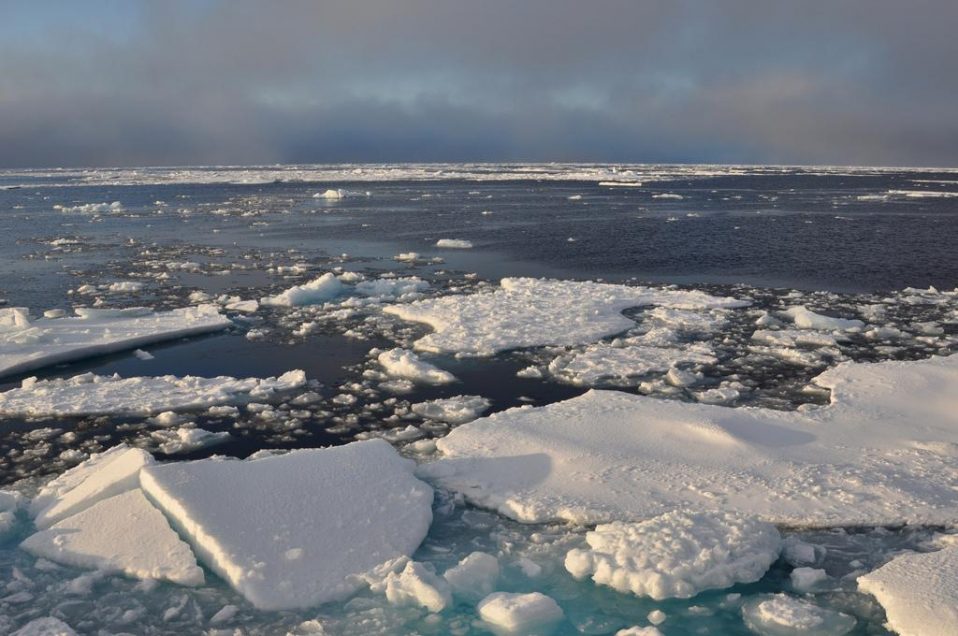The main reason for the current melting of the Arctic Ocean is the human-induced global warming. Under the influence of heating the Pacific Ocean, the Arctic can completely melt in the summer much earlier than it was thought up to this day.
Climate models predict, that if the current rate of global warming in about 2050 ice over the Arctic Ocean for the first time in many years almost completely melted, while maintaining less than one million square kilometers of floating ice floes. However, the new work, published in the journal Geophysical Research Letters, takes this event even earlier, writes Naked Science.
It is noted, that the area of the ice cap of the Arctic Ocean changes throughout the year, reaching a minimum in September.
Australia also plans to plant a billion trees in the fight against climate change James Scrin and Clara Dyser drew attention to the “IPO, Interdecadal Pacific Oscillation” (IPO, Interdecadal Pacific Oscillation) – fluctuations in temperature in the tropical regions of the Pacific that change it by about 0.5 ° with a 10-30 year cycle. Five years ago this cycle entered the phase of warming. This process also affects the situation far to the north.
Scientists simulated changes in the ice cover of the Arctic Ocean at an IPO aimed at warming, as well as cooling off. The work showed that with the temperature increase in the equatorial regions of the Pacific Ocean, as it is observed, and in fact, the complete clearing of the Arctic Ocean by September may occur for the first time earlier than expected until 2030 and 2040.
The authors emphasize that the main reason for the current melting of the Arctic Ocean is the human-induced global warming. Therefore, the exact date of the first complete melting of the ocean ice also depends on the activities of people. Increasing or reducing greenhouse gas emissions in the coming years may shift this term at an earlier or later time. However, judging by the tendencies, one should expect the very first option.



